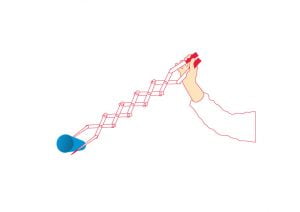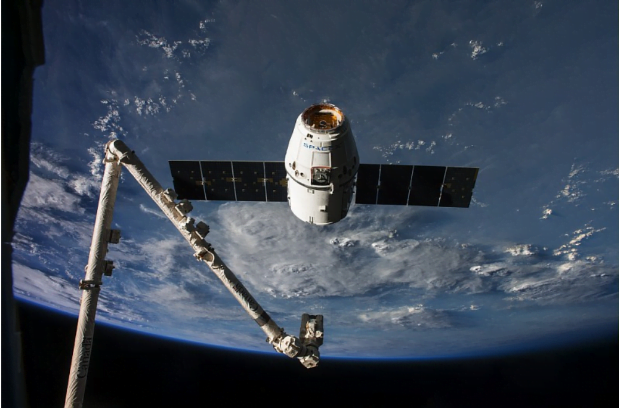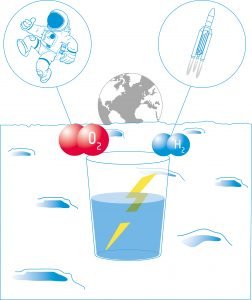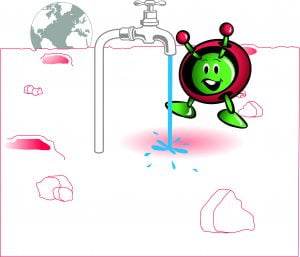Braccio robotico - Diventare ingegnere spaziale per un giorno
In questa attività, gli studenti impareranno come funziona il loro braccio e costruiranno un braccio robotico ispirato a questo.
Gli studenti comprenderanno le diverse funzioni di ossa e muscoli.
Costruiranno e testeranno un modello di braccio robotico e capiranno perché un braccio robotico è uno strumento molto importante nello spazio.
Obiettivi di apprendimento:
Fascia d'età:
8-12 anni
Tempo
Lezione: 60 minuti
Risorsa disponibile in:
Attività 1: Come funziona il nostro braccio?
In questa attività gli alunni impareranno come funziona il braccio e perché i bracci robotici sono strumenti utili.
Attrezzatura
Attività 2: costruire il braccio robotico
In questa attività, gli alunni costruiranno il proprio braccio robotico e lo utilizzeranno per eseguire diversi compiti e testarne la funzionalità in diverse situazioni.

Attrezzatura
Lo sapevate?
L'astronauta dell'ESA Thomas Pesquet ha scattato questa foto dalla Stazione Spaziale Internazionale e ha dichiarato che "il braccio robotico è una delle parti più essenziali della Stazione Spaziale Internazionale e viene utilizzato per ogni cattura e attracco delle navicelle di rifornimento".

Il braccio robotico europeo (ERA) a bordo della ISS
Parole chiave:

Energia dall'acqua - Come produrre ossigeno e idrogeno sulla Luna
Breve descrizione: In questa serie di tre attività, gli studenti impareranno a conoscere l'elettrochimica. Nella prima attività, costruiranno una pila voltaica - un

Orsi spaziali - Esperienza di laboratorio con i tardigradi
Breve descrizione: In questa serie di attività sperimentali, gli studenti studieranno le capacità di sopravvivenza dei tardigradi, noti anche come orsi d'acqua. Esporranno le condizioni

Acqua sulla Luna - Filtrare le carote di ghiaccio lunare per estrarre l'acqua
Breve descrizione: In questa risorsa, gli alunni trascorreranno una giornata registrando approssimativamente la quantità di acqua che utilizzano per diverse attività. A questo segue una



